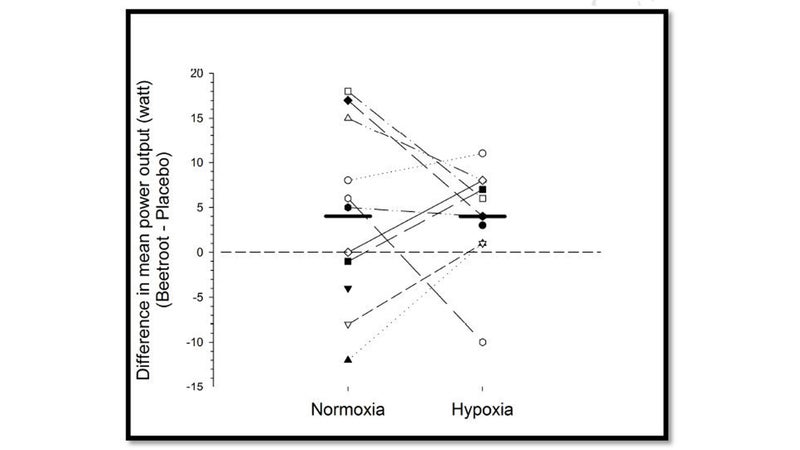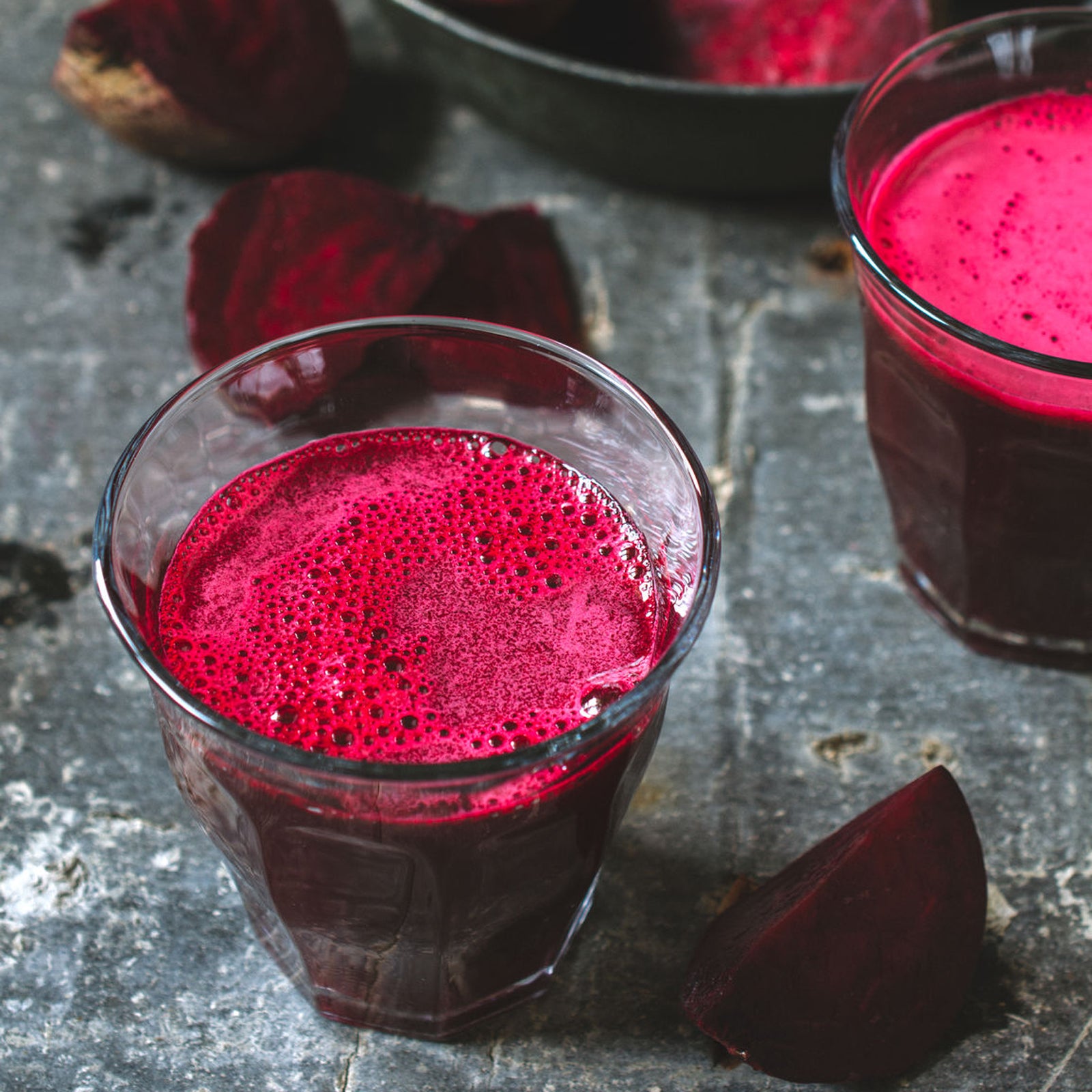A couple of years ago, I tried to swear off beet juice. I don’t mean drinking it, which I’d never actually tried, but writing about it, which I’d done so frequently that people were starting to make jokes. I first covered its purported endurance-boosting effects way back in 2009, at which point I was highly skeptical: “Don’t look for Tour de France riders or Olympic runners to be downing beet juice anytime soon,” . But in subsequent years, a series of well-designed studies convinced me—and, contrary to my predictions, vast numbers of Tour riders and Olympians—that it really works.
Eventually, though, doubts emerged. Beet juice was powerful in the recreationally active volunteers who typically sweat through sports-science studies. But when well-trained or elite athletes were tested, the effects seemed to fade away. The key ingredient in beet juice is nitrate, which is converted in the body to nitrite and then to nitric oxide, a versatile molecule that has wide-ranging effects on blood circulation and other parameters. But really fit athletes already produce high levels of nitric oxide; maybe, , they had no more room for improvement.
That’s where a new study, from researchers at Aalborg University in Denmark, comes in. The study tested two possibilities: first, that elite athletes may simply need a higher and more prolonged dose of beet juice before racing; and second, that the effects of beet juice may be more pronounced at high altitudes where there’s less oxygen—an idea supported by a few previous studies. The results, (that’s how important the molecule is: it gets its own journal!), offer a cautious yes to the first idea and no to the second.
The protocol involved seven days of beet juice loading, taking two shots of concentrated beet juice each day. Most days that meant one shot in morning and one in the evening; on race days, it meant two shots roughly two hours and 45 minutes before the start. Tests of nitrate and nitrite levels in the blood showed that they had maxed out after four days, which probably means you don’t need to do a full seven-day protocol to get the maximum effects. Each volunteer did two seven-day beet loads, one with real beet juice and the other with a placebo juice that was identical except that the nitrate had been removed from it.
To test the effects of altitude, the cyclists did two 10-kilometer time trials during each seven-day load, while wearing a mask to breathe air with oxygen levels corresponding to either sea level or 2,500 meters (~8,200 feet) of elevation. The conditions were blinded, so the subjects didn’t know whether they were on real or fake juice and cycling in normal or thin air. (They weren’t allowed to see any power or pace information, which would have given away whether they were at altitude.)
Here’s what the results look like. Normoxia means sea level, and hypoxia is at altitude. The graph shows how much each rider improved (or, if the number is negative, slowed) with real beet juice compared to placebo.

The improvement in average power is about 5 watts in both cases; overall the cyclists completed the 10K time trial 1.6 percent faster. There’s no difference between sea level and altitude in those average results. The individual results tell a slightly different story: there’s plenty of scatter at sea level, with some athletes getting better and others getting worse. At altitude, they’re packed into a narrower range, and all but one of the subjects improved. That’s intriguing, but you can’t read too much into it for now.
It’s worth noting that this isn’t the first study to try dosing well-trained athletes with higher levels of beet juice. I wrote about a previous one , for example. But the new study set a higher bar for what constitutes well-trained: all 12 of the cyclists in the study had to have a minimum VO2max of at least 60 ml/kg/min or a of greater than 5 W/kg—both impressive benchmarks.
The researchers also measured a variety of other parameters like muscle oxygenation and breathing rates to investigate why beet juice was (or wasn’t) working—and here the results were somewhat surprising. Usually what studies find is that beet juice makes you more efficient: you’re able to produce a given power output while consuming less oxygen (and thus less energy). But in the new study, efficiency remained unchanged, and the athletes were able to sustain a higher level of oxygen consumption. The researchers speculate that this may be a result of the nitric oxide improving the circulation of oxygen-rich blood to the working muscles. Maybe beet juice works differently in elites than in the rest of us, or maybe that’s just a fluke. For now, the safest conclusion is that we’re still not sure exactly why beet juice boosts endurance.
But the bottom line is that it does—even, according to these results, for very, very fit athletes. Two shots a day for four days should be sufficient. If your stomach can handle it, that is. I finally broke down and tried beet shots before a 5K last year, out of a mix of curiosity and journalistic duty (okay, and fear that my longtime training partner was finally going to take my scalp). I’m still not sure whether it boosted my efficiency, but I do know that I’m grateful the pre-race portapotty lines were short. It’s powerful, powerful stuff.
My new book, , with a foreword by Malcolm Gladwell, is now available. For more, join me on and , and sign up for the Sweat Science .


